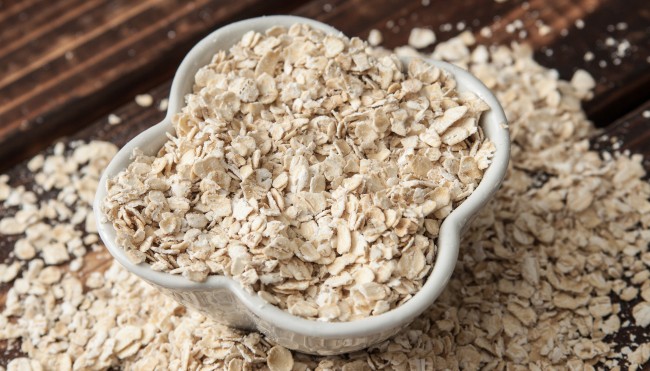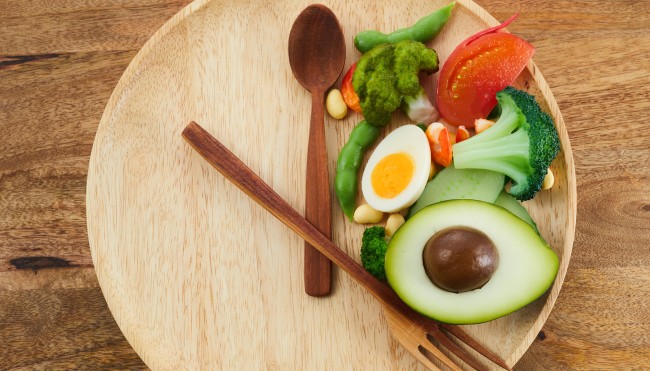3 simple tips for a low-sugar diet
We all know that sugar is unhealthy. If only there were not this recurring craving for sweets. However, there are a few tricks on how to outsmart your brain and avoid hidden sugar - not just the well-known sweets. You can easily integrate these three tips into your everyday life.
Detect sugar in food
A sugar-free diet is almost impossible or associated with a lot of time for food checks and discipline. Sugar of various kinds is found in numerous foods, not just chocolate, biscuits and cakes. Even fruit, yoghurt or pickles can become a sugar trap.
How much sugar do we eat a day?
Sugar should account for no more than 10 percent of the energy intake, which is about 50 grams, the World Health Organization (WHO) recommends per day - better would be just 25 grams. That's about eight cubes of sugar. In reality, however, every British person consumes an average of 93 grams per day. Above all, added sugar in ready meals such as pizza, chips or salad dressing drives up the daily sugar balance quickly.
Consequences of too much sugar
But why is sugar really that bad? Already as a child we learn that sugar is not healthy. Especially for the teeth, the enamel of which it attacks. With increasing age, excessive sugar intake can cause diabetes, obesity, heart disease or strokes. Because sugar contains neither vitamins nor minerals, but many carbohydrates. For a sugar-reduced and thus healthier diet, we have put together three simple tips.
Tip 1: Avoid too much fructose
In the first step, it is important to get a feeling for the sugar content of various foods. For example, would you have thought that in 100 grams of grapes you would put 15 grams of sugar? That's a whopping five cubes of sugar. To determine the sugar content of fresh foods, you can use food tables on the internet.
Recognize hidden sugars in food
For convenience meals and industrially produced food, the CodeCheck App will help you. So you can scan the barcode and display the sugar content. Our nutritional light signalises at a glance whether the sugar content in a food is overall in the red or green range. In addition, it generally helps to take a close look at the list of ingredients. Because sugar hides behind a variety of names such as glucose, barley malt, corn syrup, sweet whey powder or lactose. Look for endings such as -ose or -sirup and skip foods that list “sugar” as the first or second ingredient.
Tip 2: Avoid convenience meals
Ready meals can be real sugar bombs. Even many supposedly healthy foods such as cereal, pesto, fruit buttermilk or dried fruit have added sugar. Therefore, buy unprocessed food, cook for yourself, and give your spicy dishes more kick.
Sugary drinks damage your health
Many drinks present another sugar trap. Not only soft drinks such as coke or sodas are sweetened with a lot of sugar, even fruit juices or smoothies are not without sugar. For example, a supposedly healthy smoothie can quickly have more sugar than Coca-Cola.
Tip 3: Find alternatives to sugary foods
When cravings come for sweets, either try to satisfy them with a healthier alternative or distract yourself. Sport, meeting friends or a walk in the fresh air can also release the happiness hormone dopamine - in the same way as sugar. And if it has to be something tasty, then grab healthy nuts or vegetables instead of chocolate or soft drinks. Even fruit in moderation despite its usually high fruit sugar content, is always a better choice.
Sugar substitute is low in calories but not healthier
Sugar alternatives such as maple syrup, honey or coconut sugar are usually not really better than conventional table sugar, according to "Food revolution Network". Although they lower the blood sugar level and usually require a lower dosage due to their high sweetening power, they are responsible for many calories. Also, artificial, calorie-free sweeteners are discouraged as they increase the craving for sweets.
Conclusion: When you consume less sugar, your body automatically reduces its desire for it. Try it!





